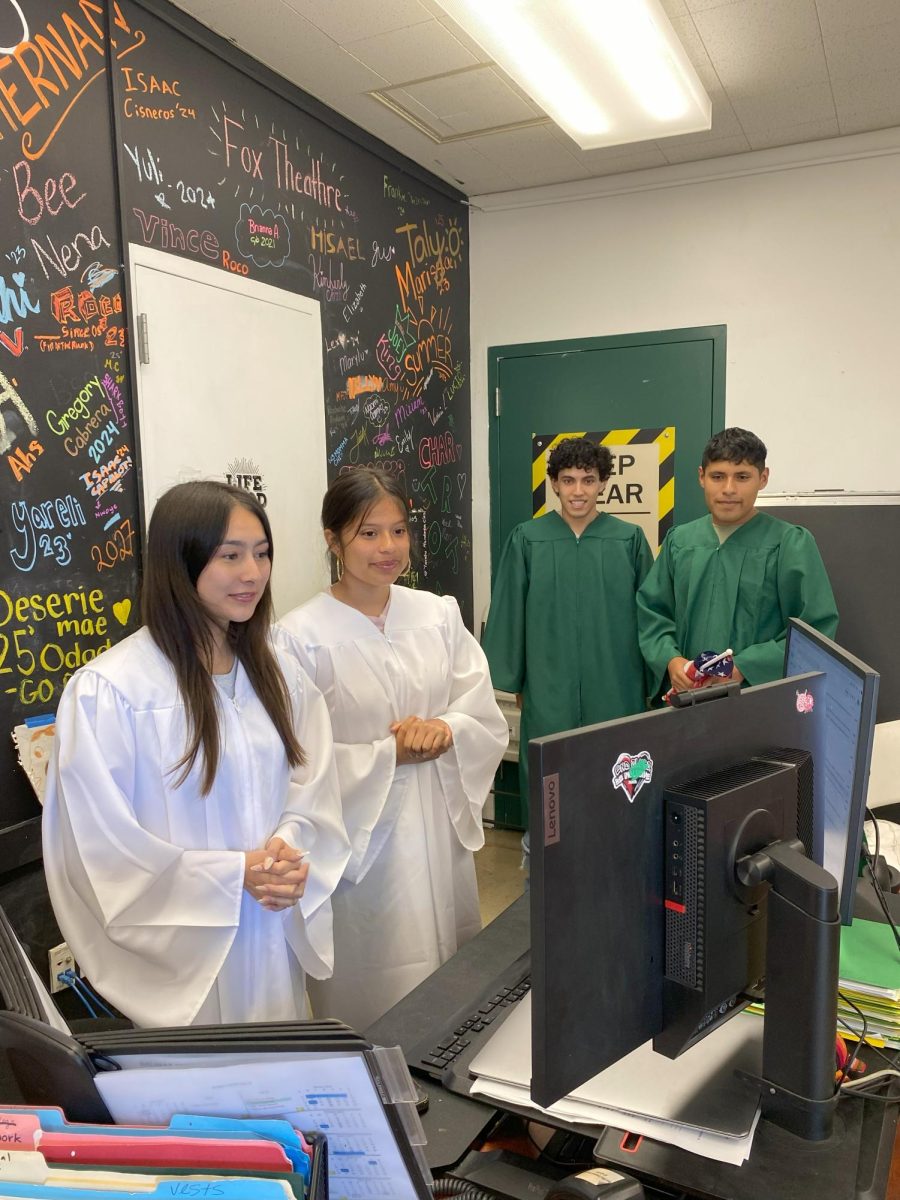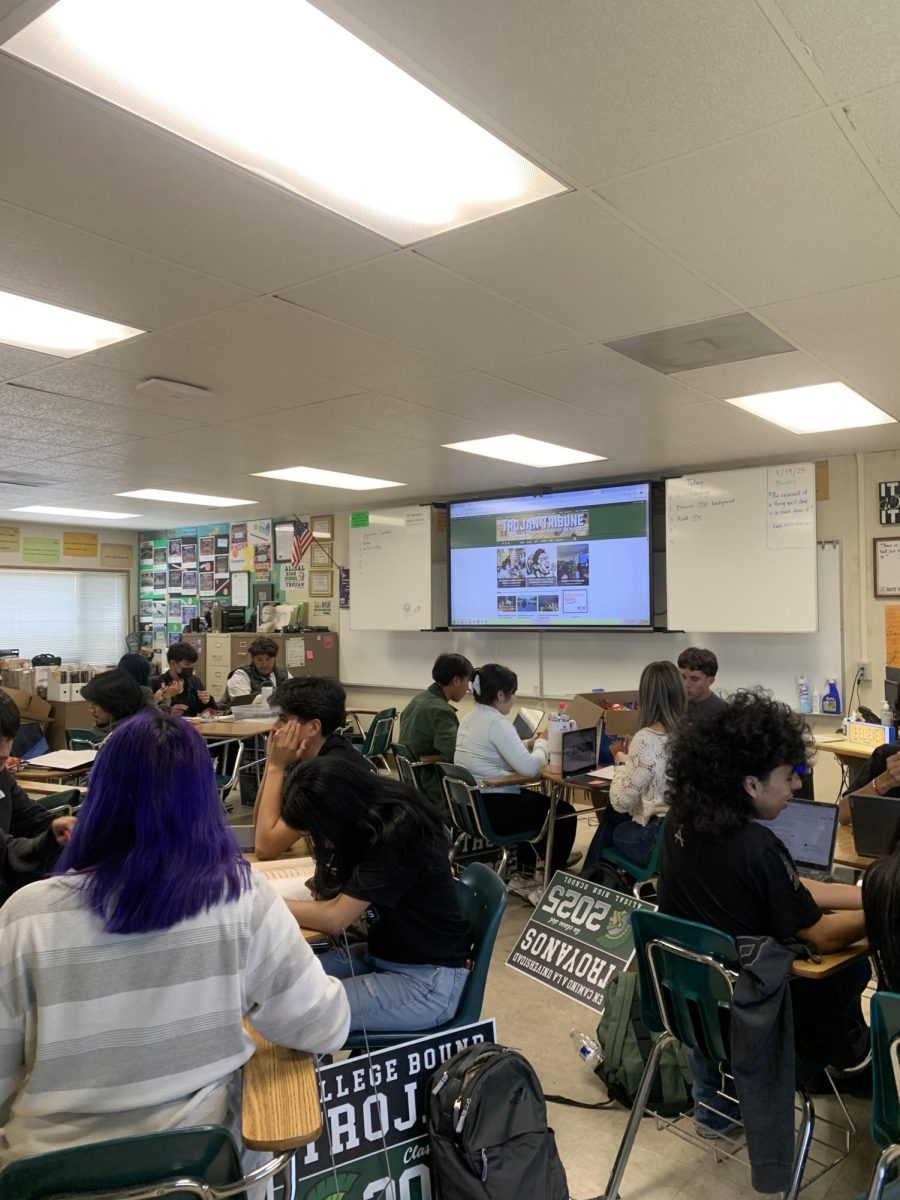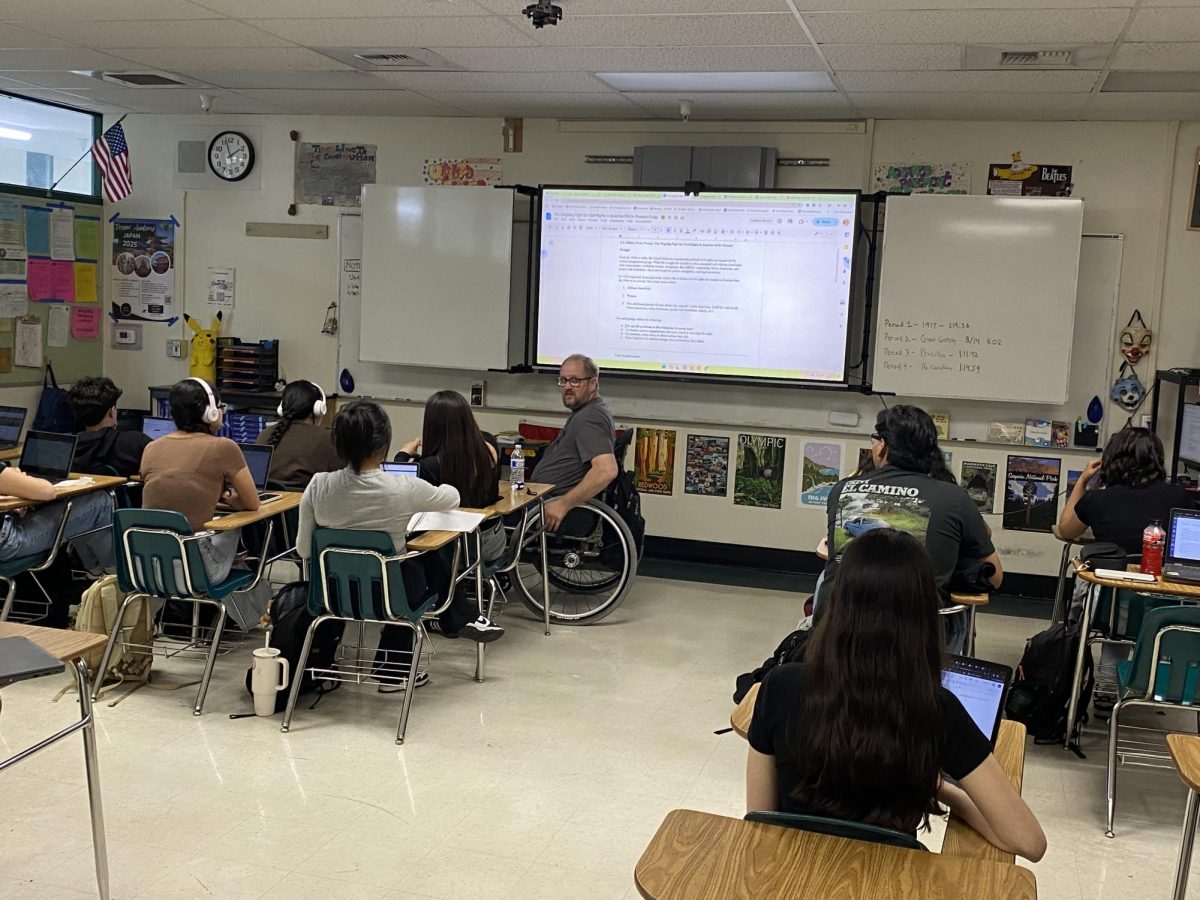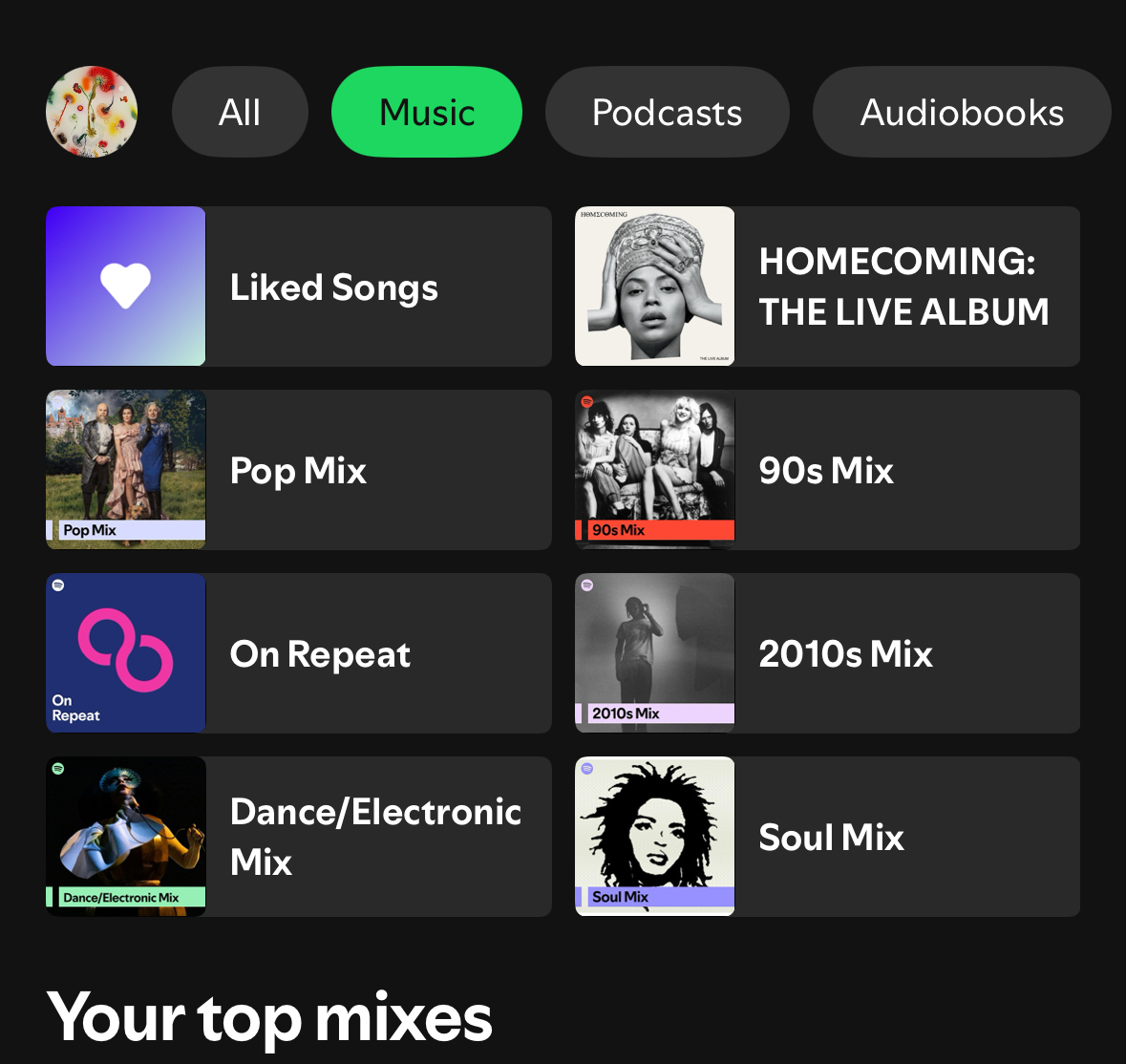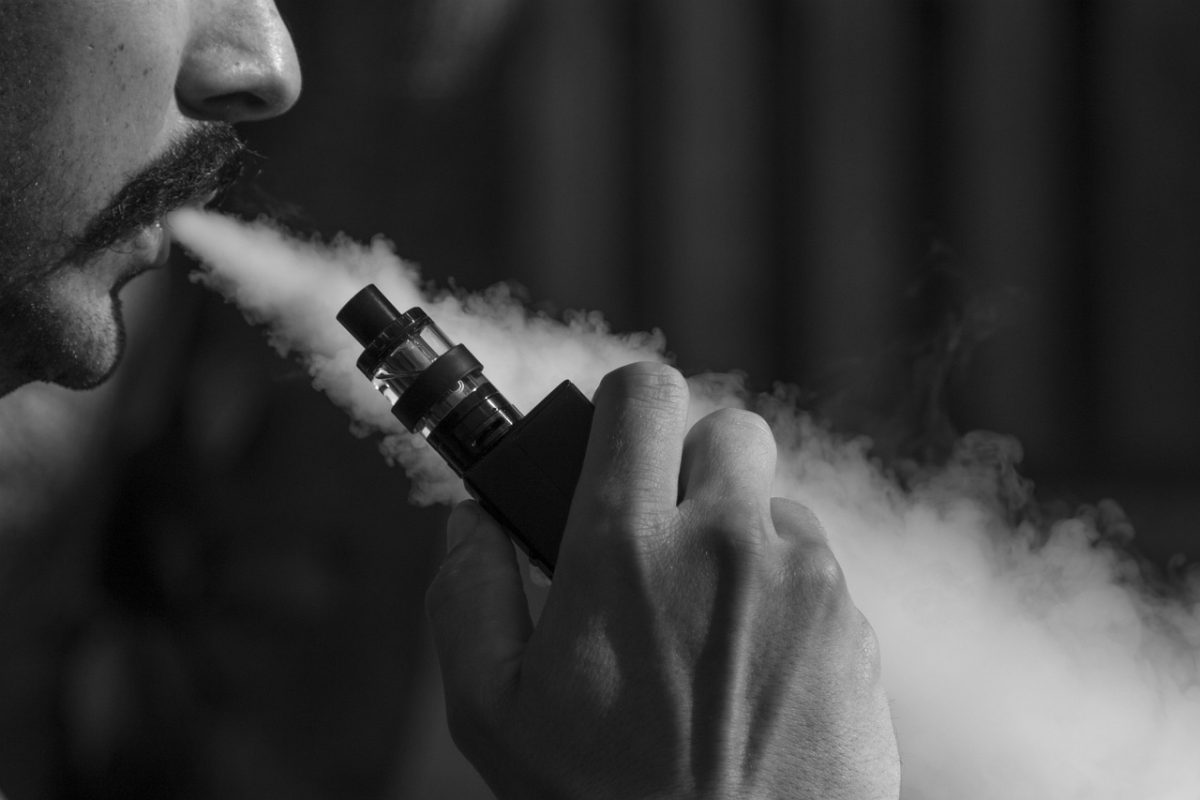Vaping is on the rise among teens, which is a problem both health wise and environmentally. In fact, in 2024, 5.9% of U.S. middle and high school students -1.63 million students—reported currently using e-cigarettes.
Disposable vapes, most of them in eye-catching packaging and flavors like cotton candy, are a major part of the problem. They are easy to get, even though it’s illegal to sell them to minors. Many teenagers get access to these disposable single-use vapes without their parents or other adults being aware, which means that these instances often go unreported. Among students who currently used e-cigarettes, 87.6% reported using flavored vapes, and 26.3% vaped every single day. As a result, an even larger number of these vapes are being discarded on the streets or thrown away in the garbage.
Pollution is just one of the many bad side effects of these brightly colored devices. One major concern is the environmental impact of tossing these devices into the trash. The consequences can be dire, affecting our planet in ways we might not immediately realize. These single-use vapes contain plastic, lead, mercury, and lithium-ion batteries, which can be dangerous if not properly disposed of. Over time, they build up, polluting the environment and increasing fire hazards.
They also have potential health issues that aren’t fully known yet. These potential health issues could be severe since we don’t know what they do to our bodies in the long run. Although it is seen as “safer” than cigarettes, the consequences are still unclear. A study showed that people who use disposable vapes have higher chances of respiratory disease than people who’ve never smoked in the past. While cigarettes have been studied for decades, vapes are still relatively new, and their full impact on the body remains unclear.
In 2024, more than 1 in 3 high school and middle school students who used tobacco products were using more than one type, meaning that vaping often leads to other forms of smoking..
Vaping isn’t just a national concern—it’s a problem on campus too. According to Viridiana Roman, a Community Human Services (CHS) staff member who works directly with students through substance use prevention programs at Alisal, vaping is “a pretty big issue,” with students getting caught “on a monthly or weekly basis,” in the restrooms.
She shared that even in just over a year in her role, she’s seen an increase in vape usage among students. Many are referred to her after getting caught, though some students have taken the step to seek help voluntarily.
Roman explained that there are many reasons students give for vaping—some do it to socialize, out of boredom, curiosity, or to cope with stress and difficult emotions. She emphasized that a common misconception is that vaping isn’t harmful or addictive. “They are and could be as addictive as heroin or cocaine,” she said. CHS offers three programs on campus that address substance use, including one specifically focused on educating students about vaping and its risks. While not all cases lead to quitting, Roman mentioned she’s seen some students successfully break the habit with support.
In Monterey County, local policies reflect concern for the issue. Flavored tobacco products, which include many disposable vapes, are banned in unincorporated areas, and California law prohibits selling tobacco or vape products to anyone under 21. These rules are meant to reduce access, especially among young people, but enforcement and awareness are still key.
If you or someone you know is struggling with vaping or wants help quitting, there are resources available. You can visit the Monterey County Tobacco Control Program to learn more about local policies and health risks. For free and confidential support, Kick It California offers text, chat, and phone services to help teens quit.


